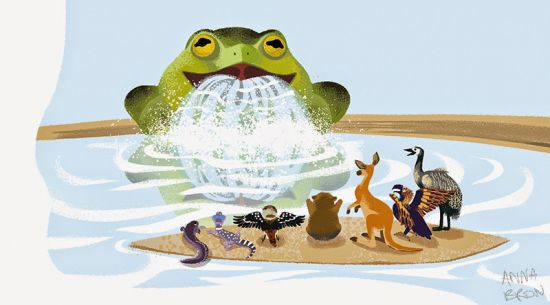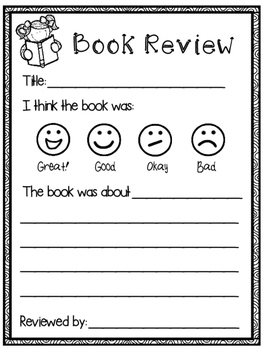Specialist Year 1 & 2 Learning from Home Weeks 1-3
Spanish
Learning intention: We are learning to use the verb PODER (to be able/can)
We are learning another way to use the verb PODER.
Last term, we learned the following:
Yo puedo means ‘I can’.
Tú puedes means ‘You can’.
Nosotros podemos means ‘We can’.
The word for ‘he can’ or ‘she can’ is puede.
The words for ‘he can’t’ or ‘she can’t’ are no puede.
What do you notice about the words for ‘can’ in Spanish?
How are they the same?
How are they different to the other ways we use the word ‘can’?
Activity 1: Read the book “Mi Buen Perro” (My Good Dog) Click here
List some of the things that the dog can do (in Spanish).
For example:
El perro puede…ladrar (bark)
El perro puede…
El perro puede…
List some of the things that the dog cannot do.
El perro no puede…ladrar en la luna (bark on the moon)
El perro no puede…
El perro no puede…
Activity 2: Create your own book “Mi Buen…..”
It’s time to be an author and illustrator!
This week you will need some blank A4 paper, a grey lead pencil and some coloured pencils, crayons or textas.
Step 1: Choose an animal to include in your story.
Use ONE of the following titles below for your front cover:
Mi Buen Gato (My Good Cat)
Mi Buen Rana (My Good Frog)
Mi Buen Conejo (My Good Rabbit)
Mi Buen Zorro (My Good Fox)
Mi Buen Unicornio (My Good Unicorn)
Mi Buen Pollo (My Good Chicken)
Mi Buen Tiburón (My Good Shark)
Mi Buen Pez (My Good Fish)
Mi Buen Delfin (My Good Delfin)
Step 2:Complete a front cover
Include a title and an illustration of your animal.
Remember to include who the author and illustrator is- it’s you!
Step 3:Writing the text
Your story should be a minimum of 4 pages but can also be as long as you would like it to be!
The start of each sentence is written in Spanish.
The rest of the sentence can be written in English.
For example:
Page 1: El gato puede…sleep on a mat.
Page 2: El gato no puede…play the piano.
Page 3: El gato puede…climb trees.
Page 4: El gato no puede…make spaghetti and meatballs.
Step 4: Illustrate each of your pages.
Do your illustrations match the words that you have written?
Activity 3: Read your book to someone else in your house.
Discuss what puede and no puede mean.
If you can remember, discuss what yo puedo and yo no puedo mean.
If you can remember, discuss what tú puedes and tú no puedes mean.
Write down 6 things you CAN do!
Example:
Yo puedo ride a bike (I can ride a bike)
Yo puedo eat an icecream (I can eat an icecream)
Yo puedo ride a horse (I can ride a horse)
Music
Learning Intention: We are learning to sing a part in a song.
We will be learning this song over the next 3 weeks.
Click here to be guided through the words to your verse on ClickView.
Art
Learning Intention: Create and display artworks to express ideas to an audience
The story of Tiddalik originated from South East Gippsland with the Wurundjeri People.
Watch the story here and look closely at how all the characters have been drawn.
(You will need your ClickView password).
They have been cut out and taped to a stick to make into puppets.
Copy this technique to make your own puppets from the characters in this story.
Paint a background and a giant Tiddalik. Then you can perform this story for your family.

Create a Surrealist artwork here.
Please photograph your finished works and forward to the school for sharing to the LPS Learning from Home Gallery.
Library
Learning Intention: We are learning to express our opinion about books we read.
Book Week this year is October 17-23 (term 4.)
Each year across Australia the Children’s Book Council of Australia read lots of books and decide which 6 are the best.
They put these books on a special list called a ‘shortlist’. The judges read these books and then decide which book they think is the best.
You can read 5 of the 2020 Early Childhood CBCA shortlisted books on Story Box Library and be like one of the judges to decide which one you like the best.
To read ‘We’re Stuck’ click here
To read ‘One Runaway Rabbit’ click here
To read ‘Bat vs Poss’ click here
To read ‘My Friend Fred’ click here
To read ‘Goodbye House, Hello House’ click here
Just like the CBCA judges you can review the books by completing a Book Review just like the example below.

© Copyright Laburnum Primary School
